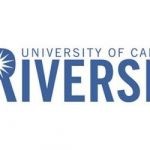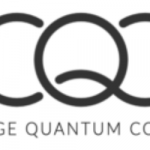Quantum Promises Into Commercial Realities

(PhysicsWorld) While the headline-grabbing applications of quantum computing and the quantum Internet remain a longer-term bet, prototypes and products are already appearing in other areas of quantum technologies.
One example is atomic clocks. Originally developed by the research community to provide more precise timing standards, the focus is now on re-engineering compact versions for use in high-speed mobile communications, synchronizing financial transactions, and other situations where accurate and resilient timekeeping offers a business advantage.
Applications for quantum sensors are also emerging. One notable example presented during the conference is a gravity sensor developed by Muquans, a French spin-off. Based on a Newtonian free-fall experiment in which a cloud of rubidium atoms cooled close to absolute zero is used as the test mass, Muquans’ system integrates all the key components into a single unit that is robust and reliable enough to be deployed in the field for geophysical monitoring.
While the Muquans instrument is aimed mainly at the scientific community, other sensors are being developed for a mass market. As an example, the UK start-up QLM has demonstrated a gas sensor that exploits photon quantum statistics to detect methane emissions. Such a sensor could replace the manual sniffer tests currently used in oil and gas exploration to spot leaks of this greenhouse gas.
The idea that early implementations of quantum systems for specific applications will pave the way for more ambitious commercial development is at the heart of the UK’s National Quantum Technology Programme (NQTP).
The programme, which was among the first government-sponsored initiatives to recognize and encourage commercial opportunities for quantum technologies, identified four key areas where quantum technologies are likely to play an important role: sensing and timing, imaging, communications, and simulation and computing. For each area, it mapped out The commercial outcomes that could be achieved for each one over different timescales.
engineering any practical quantum system will mean replacing today’s intricate experimental set-ups with robust and reliable plug-and-play units. Key to the success of the Muquans gravimeter, for example, is a bespoke laser technology that replaces optical components carefully arranged on an optical table with a solid-state frequency-doubling architecture that offers greater stability as well as easy integration with standard telecoms components.



















